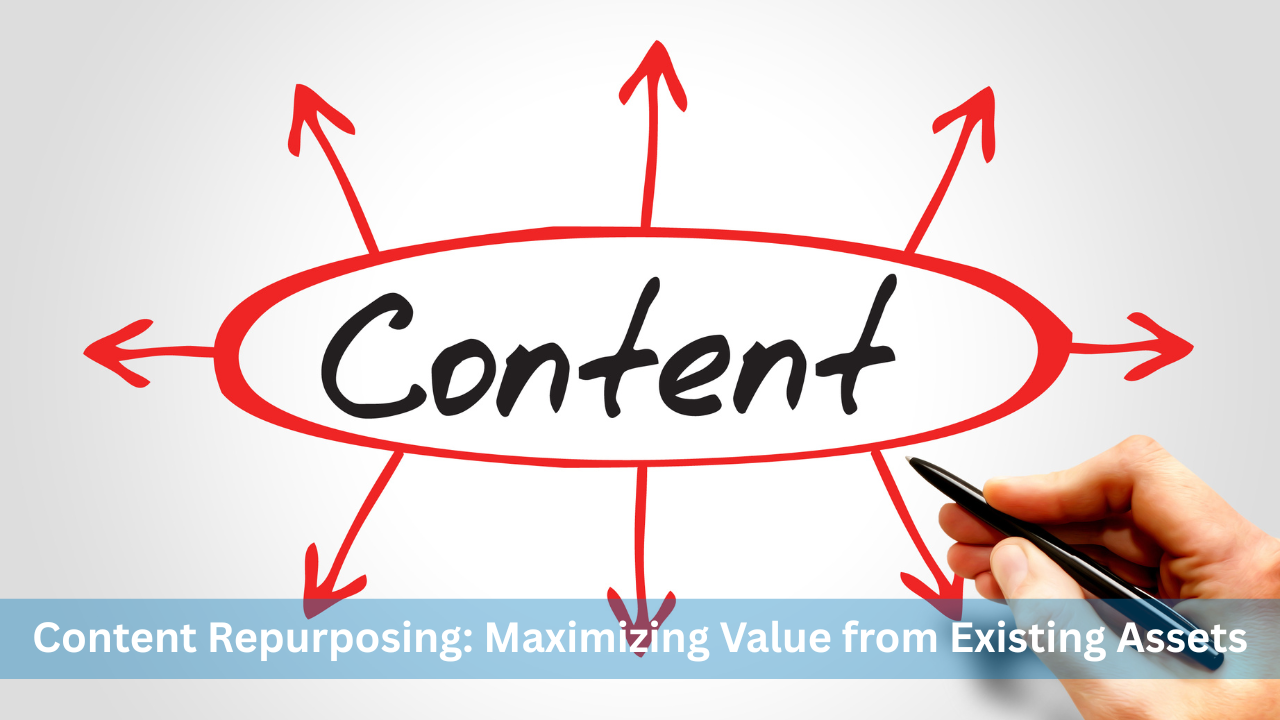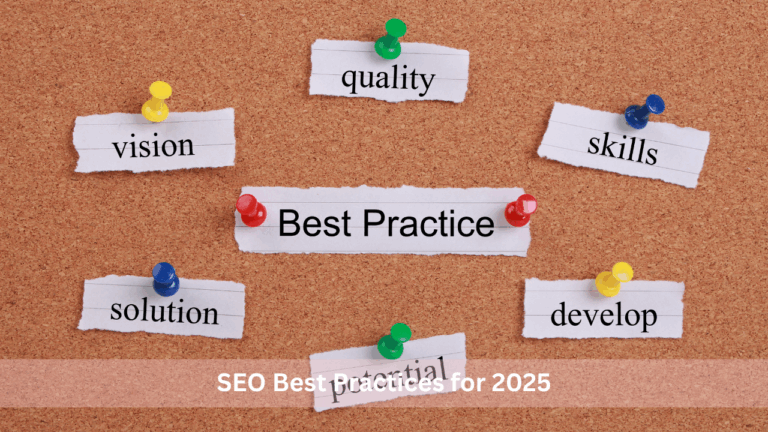Content Repurposing: Maximizing Value from Existing Assets
In today’s fast-paced digital environment, the demand for fresh content never stops. Brands, creators, and marketers are under pressure to consistently publish engaging materials across various platforms. However, creating new content all the time can be both time-consuming and expensive. This is where content repurposing comes in—a smart, strategic way to extend the value of your existing content without starting from scratch.
At Your Story, we believe that great content should never be used just once. Let’s understand how content repurposing can help you work smarter and reach wider.
What is Content Repurposing?
Content repurposing simply means taking a piece of content you’ve already created and presenting it in a new format or for a different audience. The original content could be anything—a blog post, webinar, video, or podcast—and repurposing transforms it to suit various platforms like Instagram, LinkedIn, YouTube, or even WhatsApp groups.
For example, a well-performing blog can be turned into:
- A short video for Instagram or Facebook
- A LinkedIn post with key takeaways
- An infographic highlighting key statistics
- A podcast episode discussing the same topic
- A downloadable PDF or checklist
By using a content repurposing strategy, you can reach more people, improve your brand visibility, and make better use of the efforts you’ve already put in.
Why Content Repurposing is Important for Indian Brands?
The Indian digital market is large, diverse, and highly active. Audiences here consume content in multiple languages and through different channels. While some prefer reading long-form blogs, others enjoy short, visual stories or engaging audio content.
Repurposing helps cater to these varied preferences. Instead of reinventing the wheel each time, you can adapt your existing content to suit the platform and audience.
Many startups and small businesses featured on Your Story have successfully used this approach to stay consistent online without overspending on content production.
Key Benefits of Content Repurposing
- 1. Save Time and Resources: Creating content from scratch takes effort. Repurposing lets you use your existing assets in a more efficient way.
- 2. Expand Your Reach: By converting content into different formats, you can reach people who might not engage with the original form. A blog reader and a YouTube viewer are rarely the same person.
- 3. Improve SEO Performance: More content on related topics signals to search engines that your site is a valuable resource, improving your chances of ranking higher on Google.
- 4. Reinforce Your Message: When your audience sees the same message in different formats, it strengthens their understanding and trust in your brand.
- 5. Get More from High-Performing Content: If a particular blog or video is doing well, why not extend its life? Repurposing gives evergreen content a second, third, or even fourth chance to shine.
How to Start Repurposing Content?
You don’t need expensive tools or a big team. Here are a few simple steps:
- Step 1: Identify Valuable Content: Pick blog posts or videos that performed well in terms of views, shares, or engagement. Evergreen content works best—topics that are always relevant.
- Step 2: Choose the Right Format: Think about how your content can be transformed. Could your blog be a script for a video? Could your podcast become a blog post? Adapt based on where your audience spends time.
- Step 3: Refresh and Update: Ensure the information is still current. Update statistics, examples, or links so the content remains accurate.
- Step 4: Republish and Promote: Share the new version across platforms. Don’t forget to link back to your original piece or source. Promotion is key to reaching new audiences.
Many businesses we feature at Your Story have seen improved engagement and traffic simply by using what they already had in new ways.
Real-Life Example
Let’s say your company hosted a webinar on “Digital Marketing Trends in 2025.” You can repurpose this in multiple ways:
- Create a blog summarising the key trends
- Design an infographic showing data from the presentation
- Cut short clips from the video to post on Instagram Reels or YouTube Shorts
- Record an audio summary for a podcast
- Turn questions from the webinar into a Q&A article
This is not just about content recycling—it’s about strategic storytelling that works across channels. At Your Story, we regularly spotlight Indian entrepreneurs who’ve mastered this art to build a stronger digital presence.
Final Thoughts
Content repurposing is not a shortcut—it’s a strategic tool that helps you stay relevant and resourceful. Whether you are a blogger, marketer, or business owner, this approach lets you get more visibility, improve audience engagement, and save valuable time.
You’ve already invested time in creating quality content. Now it’s time to maximize its value.
To learn more tips on marketing and branding strategies tailored for Indian businesses, keep following Your Story—your partner in smart growth, visibility, and digital storytelling.







